Artist Spotlight: Alex Khaliman forges custom weaponry using Megascans
The talented Alex Khaliman, whose work we showcased earlier, gives an in-depth look into how he creates amazing custom weapons using scanned data.
“My name is Alex Khaliman, I’m a full-time freelance artist and at the moment I live in Kiev, Ukraine. I was fortunate to get into 3D when I was very young – at the age of 11. I went on a CG course at the local computer school. Now I’m 22 and I have worked on many projects, including Call of Duty series where I was an outsource\freelance artist.
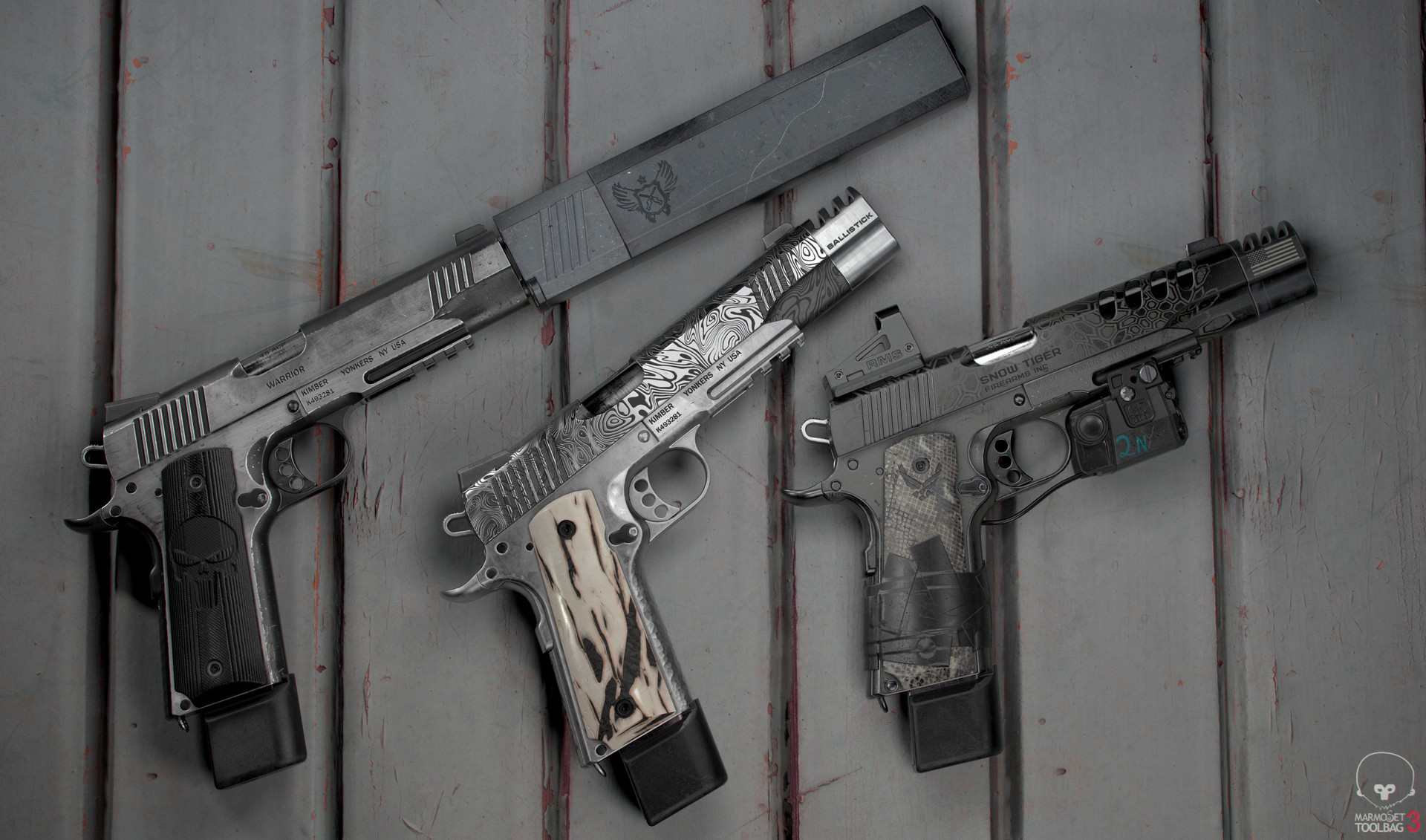
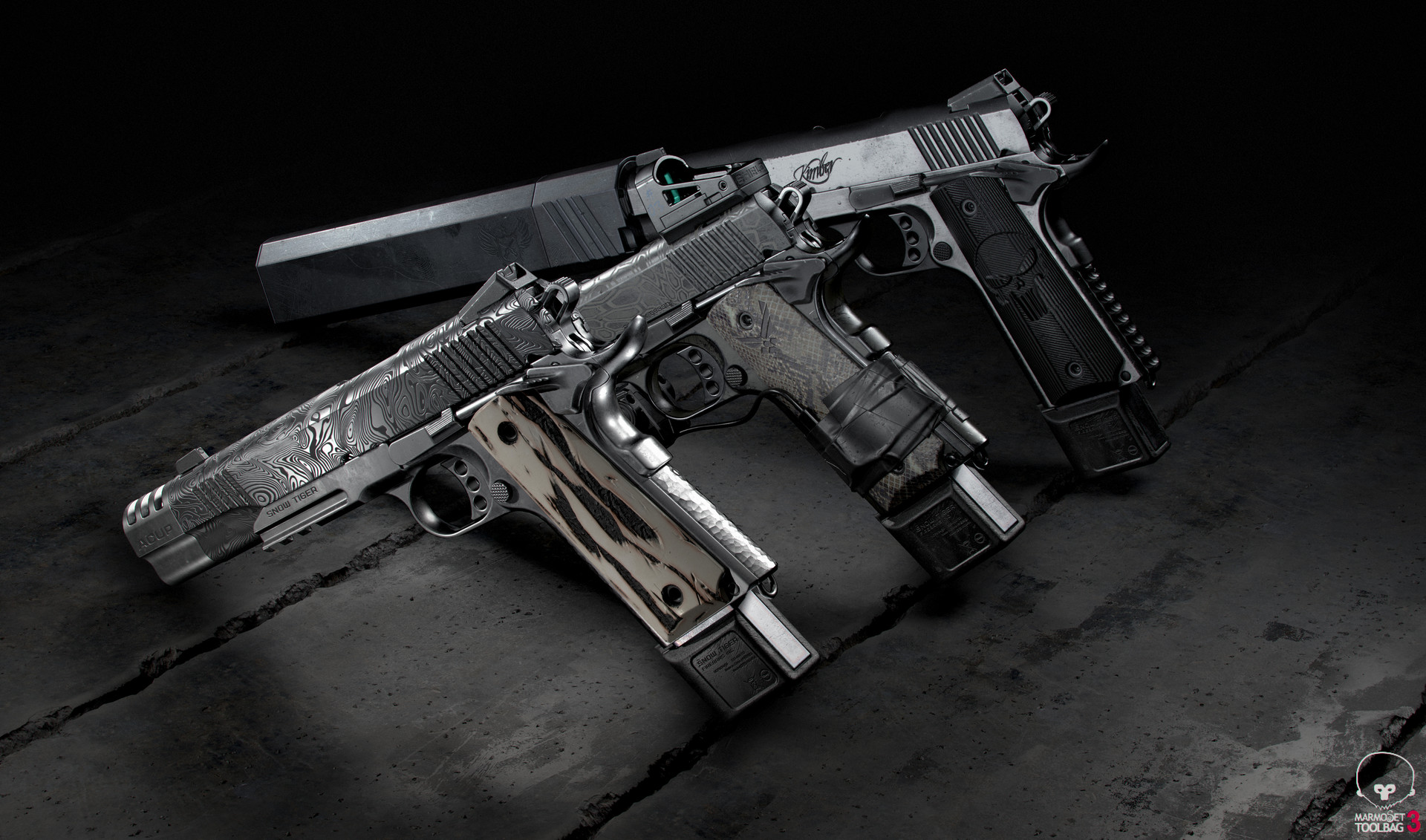
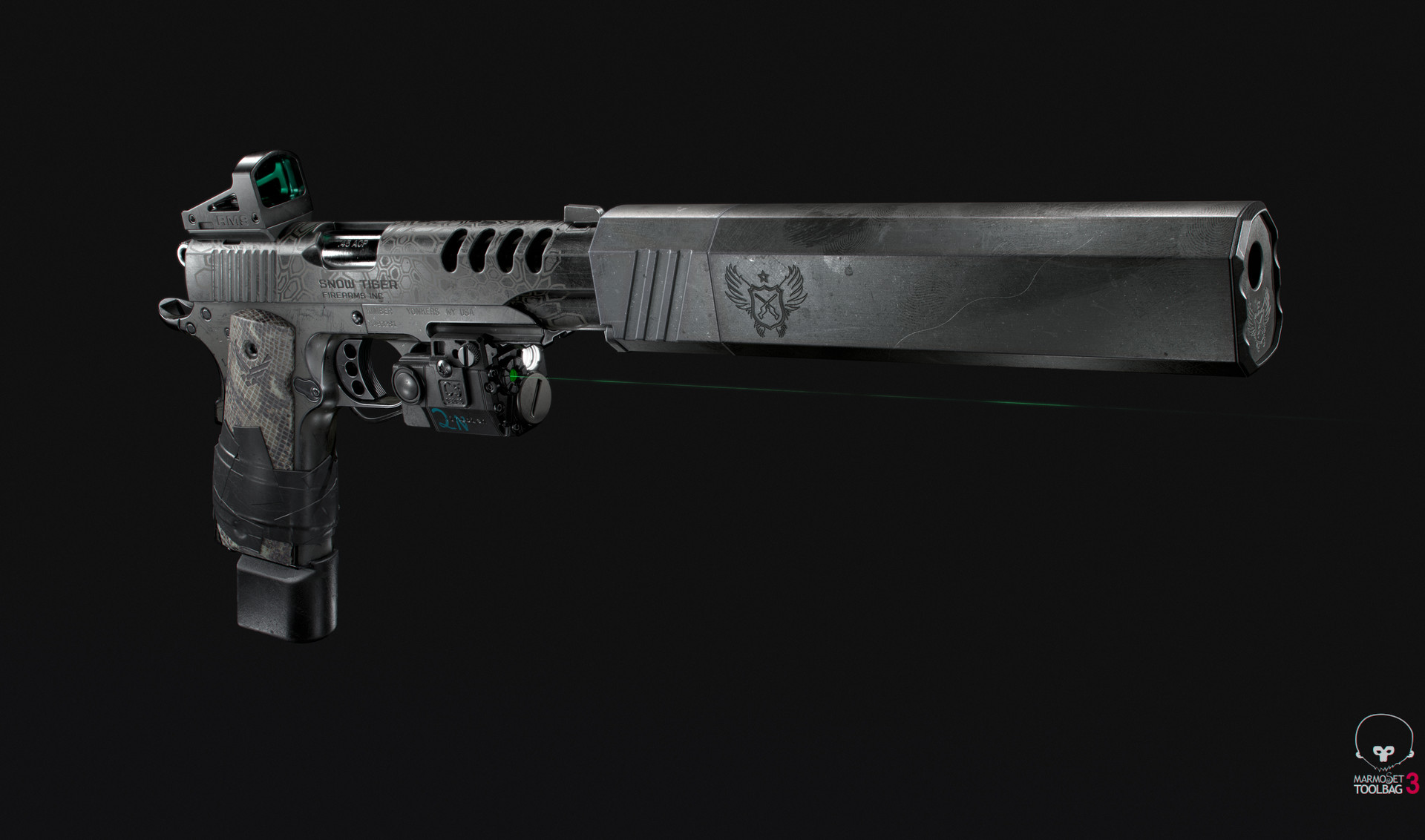

Many of the 3d artists model classic weapons, such as AK 47, M16, 1911. I was not an exception and my main goal was to design the classic American 1911 and bring into the modern quality standards for AAA projects.
Using Quixel’s Materials
I always try to extend my library of materials and not keep to a certain range of materials and masks. New materials and masks from Quixel Megascans made a great foundation for the last versions of 1911.
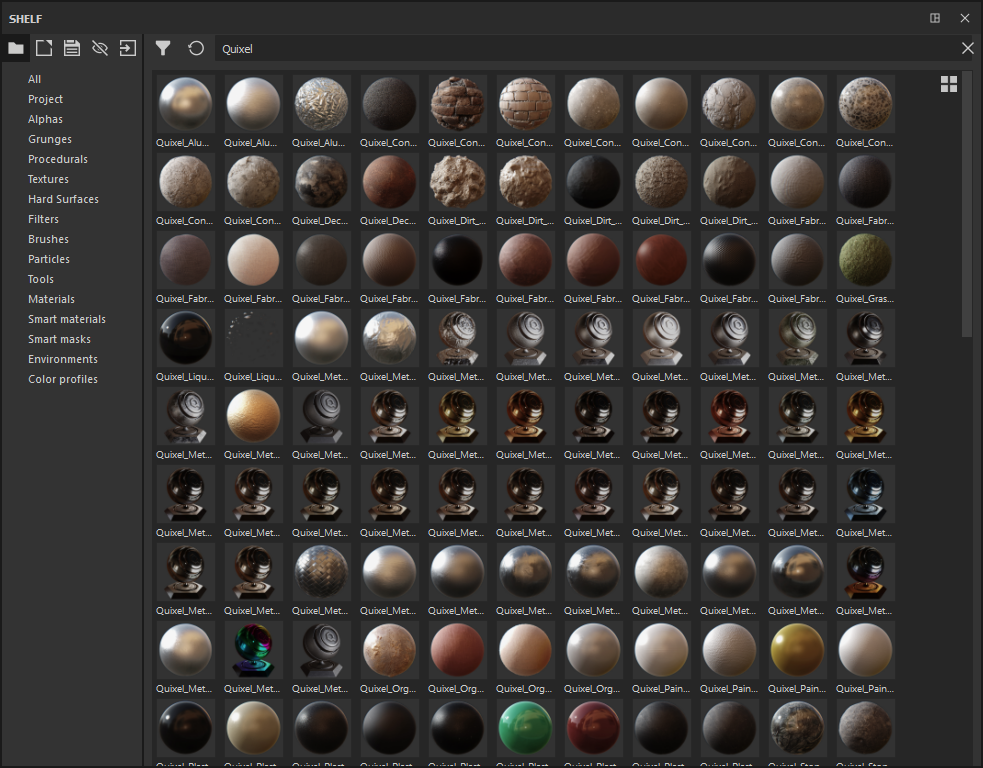 At the start I always make the base layer using only scanned physical values of the surface, mostly picking them from the Megascans library. On the middle level of detail, I add materials that can properly deform the normal of the surface, for example, I can add brushed metal, damaged steel or noise cerakote effects. The final level of details, such as scratches, dirt, and rust, can be placed on top layers with special masks.
At the start I always make the base layer using only scanned physical values of the surface, mostly picking them from the Megascans library. On the middle level of detail, I add materials that can properly deform the normal of the surface, for example, I can add brushed metal, damaged steel or noise cerakote effects. The final level of details, such as scratches, dirt, and rust, can be placed on top layers with special masks.

This style reminds me layer cake effect, where you placing materials in succession, just like in real world: metal\non metal => surface treatment => oil & dirt
Procedural vs handmade
Being able to apply different detailing with procedural generators and masks is a great skill that can help you save a lot of time on objects that don’t need much attention. But when it comes to weapons, procedural effects are just one-tenth of all the work. A weapon must look as genuine as possible so player looks at it when he wants to admire it. A weapon shouldn’t look like a Christmas tree or random piece of scratched junk. In first-person shooters, the weapon covers a good part of your screen and if it looks unnatural, it draws excessive attention that can turn into disgust if the weapon poorly made.


Reference, reference, and even more references. A well-chosen reference base is always a good guide to doing your work excellent. A good weapon artist must know how weapons work, how to use them and how they can look in different situations. And of course, such an artist must love shooters. Knowing how weapons looked the games of the past and how they look in the modern ones gives you an idea of where to move next.

Unusual materials
Billy Lundevall (Quixel) is the one to ask about the Damascus material, I can only say that while working on it I took inspiration from his material and made lots of procedural patterns based on it. They were automatically generated depending on the position of the surface, not on the UV space. But in the end, Billy’s original textures looked pretty cool because the proper unwrapping allowed to apply material without any significant issues (an example of a personal 3D pattern of Damascus).
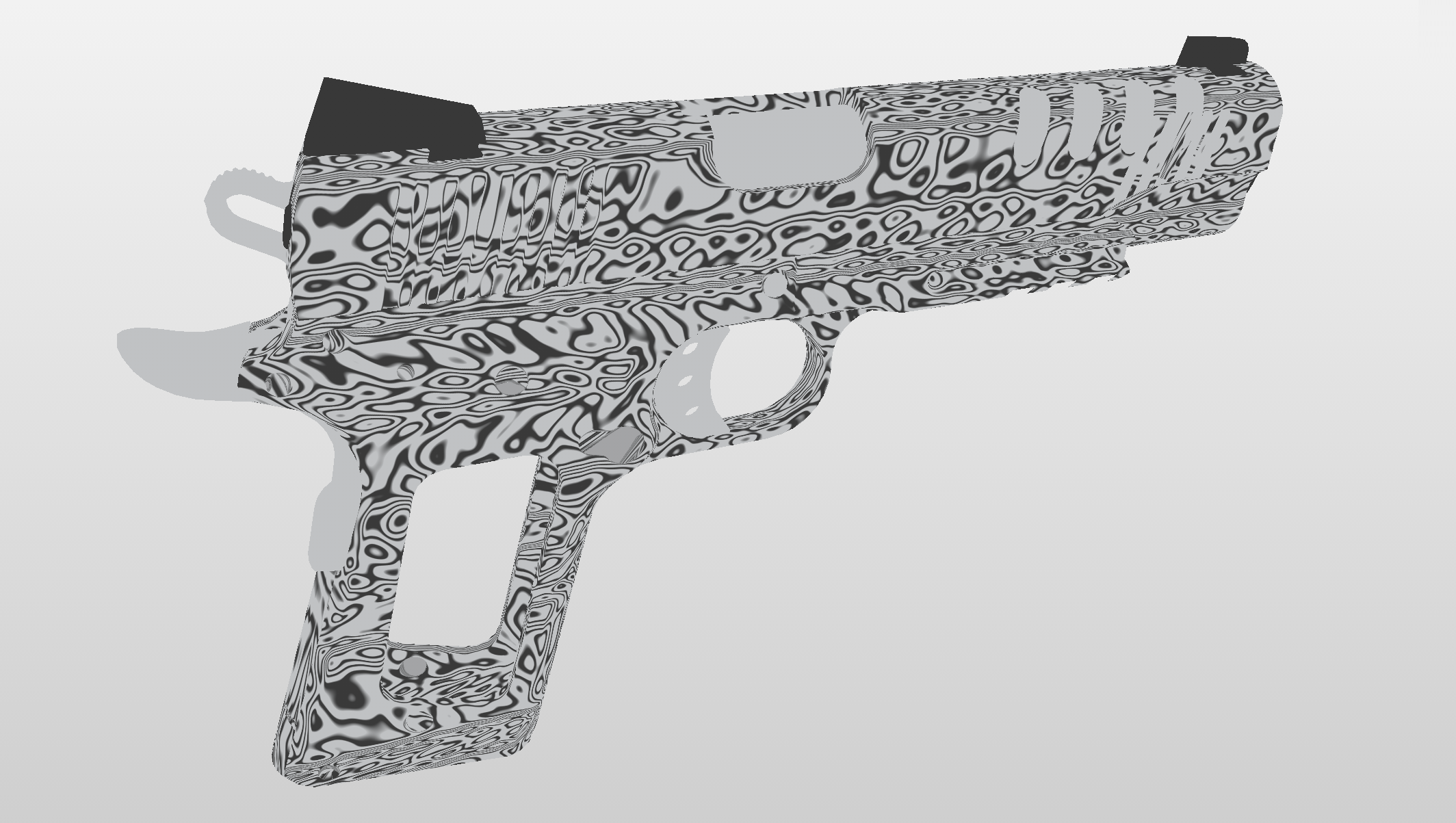
“Alexander is one of my beta content testers and I wanted him to join specifically for his amazing weapon models as well as his own designs,” said Billy Lundevall.
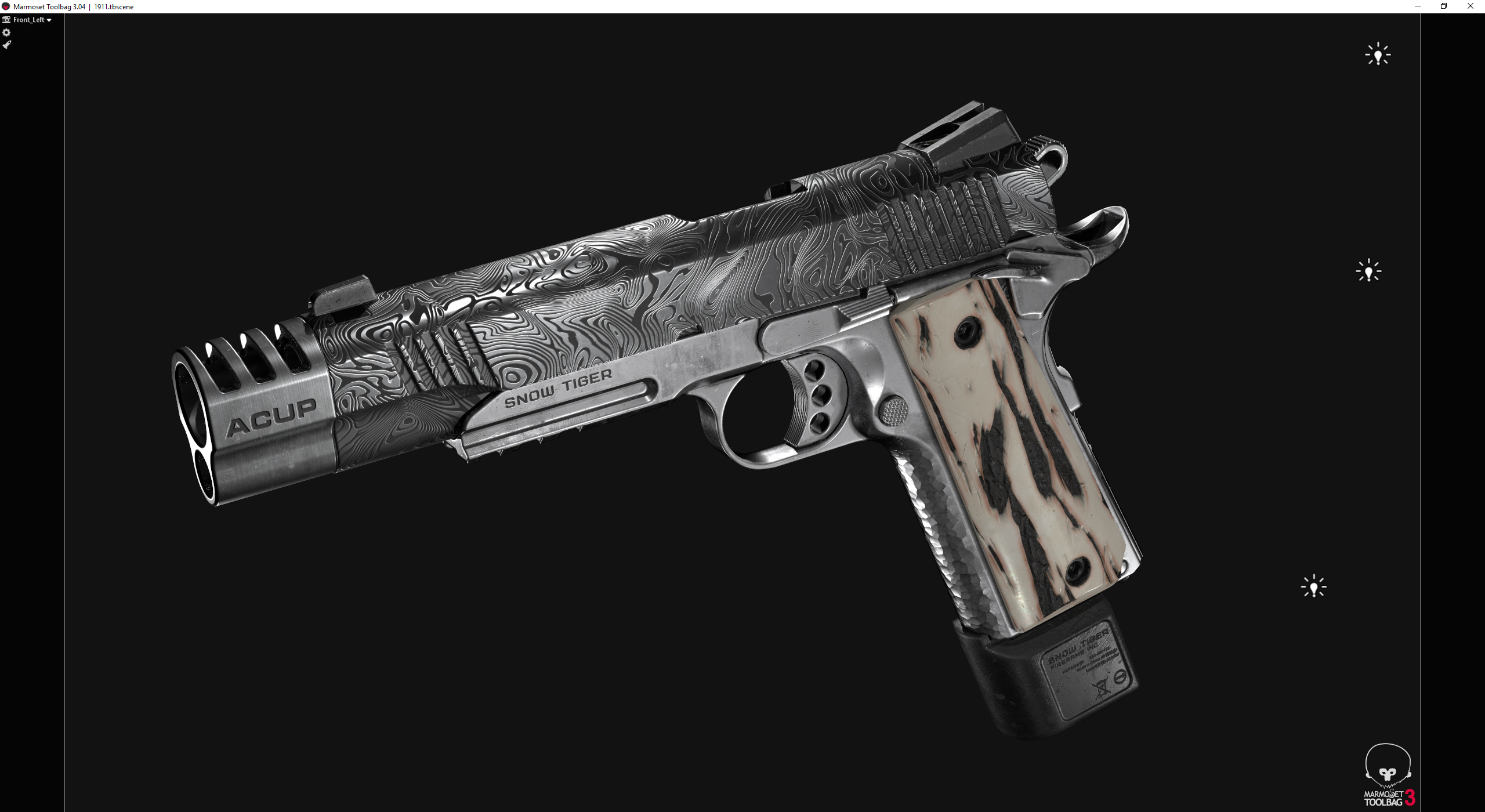
“During the creation of this project I supplied some of my latest assets in form of our new ‘Surface Imperfection’ line of maps, a type of asset made specifically to easily add realistic scuffs, scratches and other types of roughness detail to surfaces, scanned metal color data as well as some of my personal material projects like the Damascus steel seen on one of the models. Needless to say, he did a fantastic job on all aspects of these models as well as showing the potential of these new maps,” Billy added.
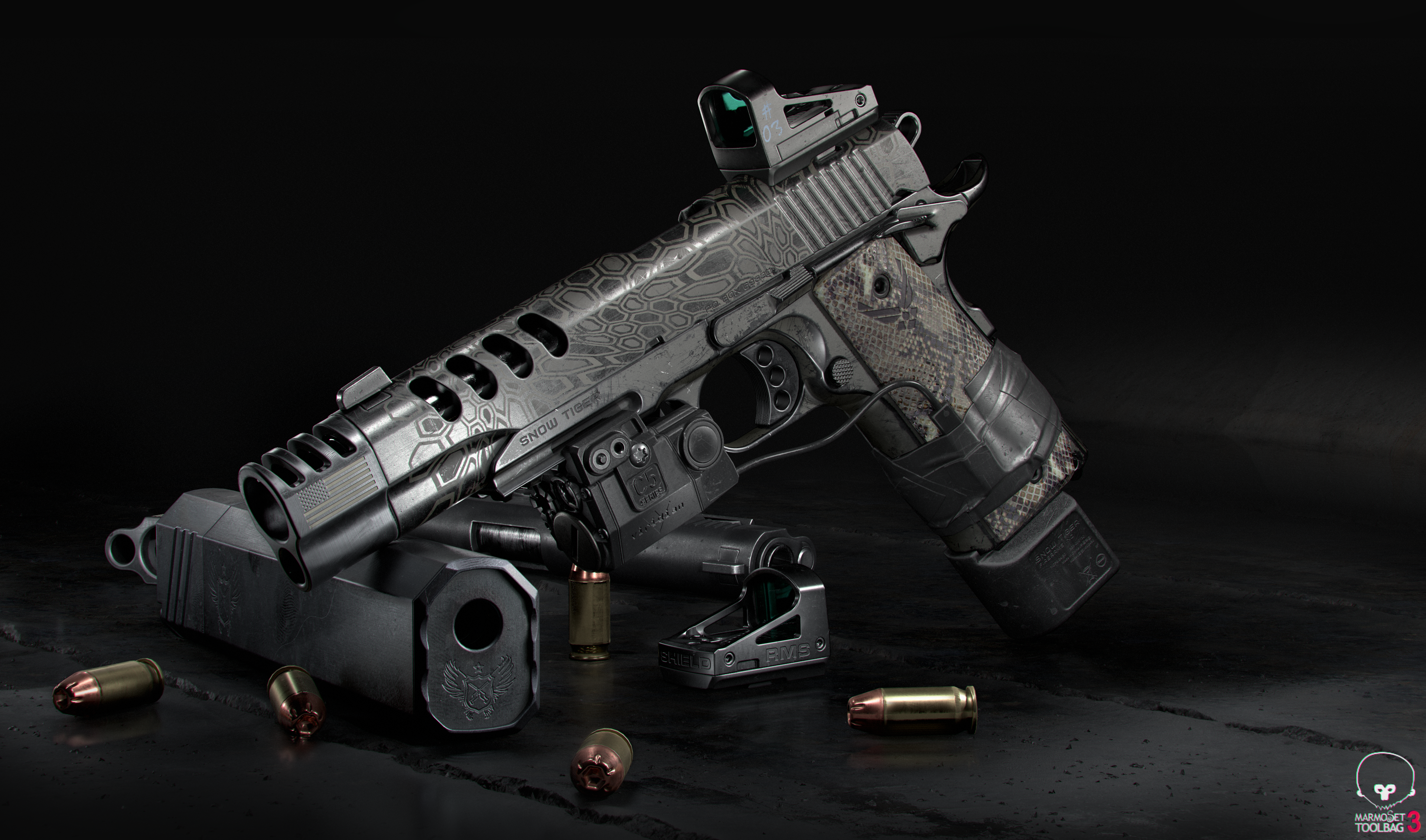
This blog is an extract of a story published by our friends at 80 Level. Interview conducted by Kirill Tokarev.
Got a Quixel-infused project you’d like featured? Send your process breakdown write-up, bio, and hi-res images to blog@quixel.se.



